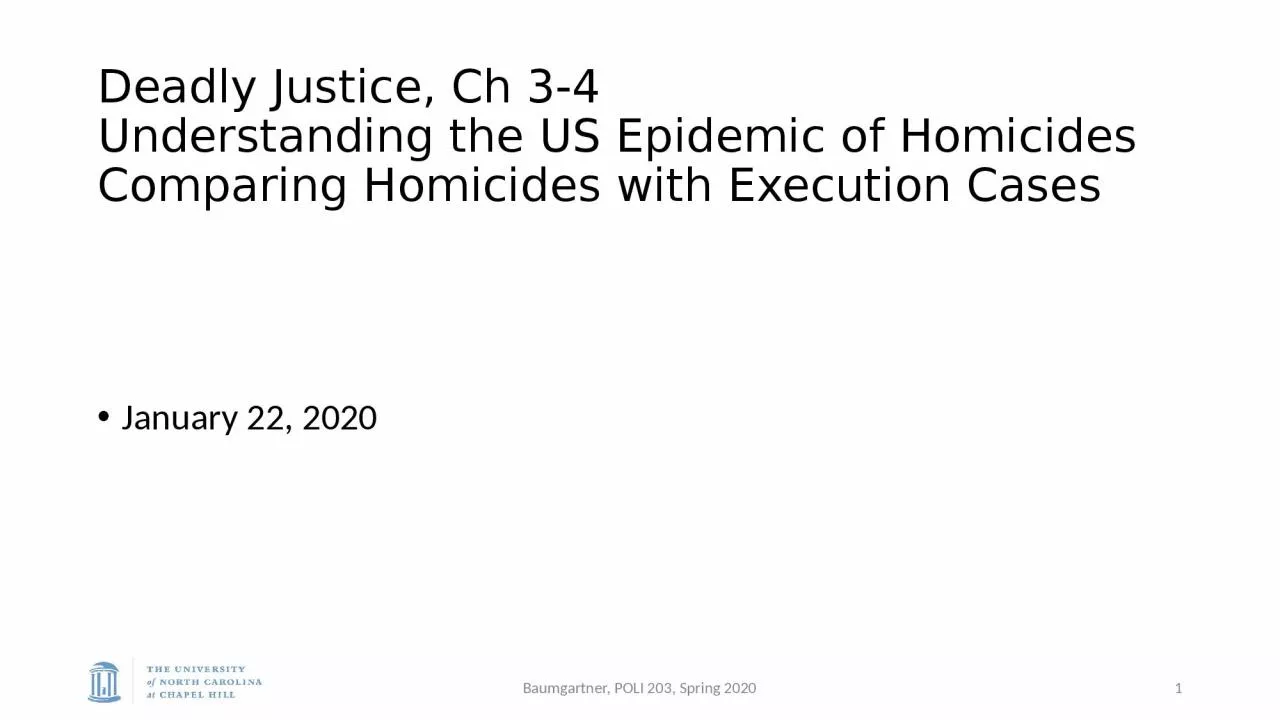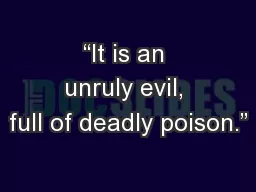PPT-Deadly Justice, Ch 3-4
Author : bella | Published Date : 2022-06-28
Understanding the US Epidemic of Homicides Comparing Homicides with Execution Cases January 22 2020 Baumgartner POLI 203 Spring 2020 1 Where do these statistics
Presentation Embed Code
Download Presentation
Download Presentation The PPT/PDF document "Deadly Justice, Ch 3-4" is the property of its rightful owner. Permission is granted to download and print the materials on this website for personal, non-commercial use only, and to display it on your personal computer provided you do not modify the materials and that you retain all copyright notices contained in the materials. By downloading content from our website, you accept the terms of this agreement.
Deadly Justice, Ch 3-4: Transcript
Download Rules Of Document
"Deadly Justice, Ch 3-4"The content belongs to its owner. You may download and print it for personal use, without modification, and keep all copyright notices. By downloading, you agree to these terms.
Related Documents














